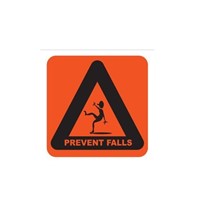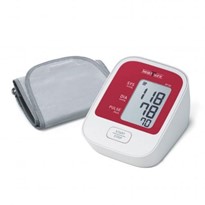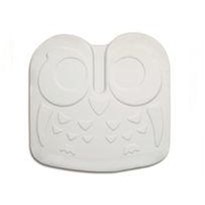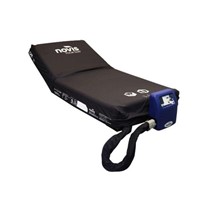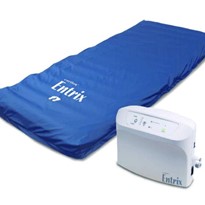Pressure injuries are generally considered preventable. As a result, hospitals in the U.S. are at risk of less reimbursement from the Centers for Medicare and Medicaid Services if patients develop Stage 3 or 4 pressure injuries in the hospital.
Preventing and treating pressure injuries is important for minimizing cost and enhancing the patient experience.
Understanding Pressure Injuries
Causes
Pressure injuries can show up on intact skin or as an open wound. The main risk factors of pressure injuries are constant pressure, friction or pulling of the skin, heat and moisture. Moisture can come from sweating, drainage from wounds or incontinence. In fact, incontinence can lead to signs of skin breakdown in as little as 15 minutes.
Detection
Because pressure injuries can be progressive, it’s crucial to detect them early to prevent further deterioration.
The National Pressure Injury Advisory Panel (NPIAP) defines the stages of pressure injuries beginning at Stage 1. Stage 1 pressure injuries are the least severe and still have intact skin. They are defined as having discolouration of the skin, a difference in firmness and warmth, and pain. Stage 4 pressure injuries are severe injuries that have visible muscle, bone or tendon at the base of the wound. Unstageable injuries may also involve muscle or bone. Also, a deep-tissue pressure injury is initially identified as a purple area but can either evolve rapidly to reveal the actual extent of the tissue injury or resolve without tissue loss.
For proper assessment and treatment, it is important to distinguish pressure injuries from other types of wounds. For example, diabetic neuropathic ulcers, arterial ulcers and incontinence-associated dermatitis (IAD) can appear similar to pressure injuries but they are caused by different things. The location of the damage can be a helpful factor for identifying pressure injuries, which generally occur over bony prominences.,
Prevention
Pressure redistribution is an important factor for preventing pressure injuries along with addressing immobility and managing moisture. Beyond that, it's important to monitor patients for risk factors that can contribute to pressure injuries.
These can include:
- Lack of sensory perception
- Medical conditions affecting blood flow
- Poor nutrition
- Incontinence
Some factors can be proactively managed by proper initial positioning, repositioning and modifying patient diet. In addition, hospital-bed technology can play a crucial role in preventing pressure injuries.
For example, all Centrella® support surfaces proactively redistribute patient weight. The Centrella® max surface wicks away heat and moisture and aid in turning patients, which can help prevent friction and shear. The Advanced SlideGuard® feature is designed to help protect against shear and friction by reducing patient migration when the head of the bed is raised.
Incontinence is a factor that is associated with pressure injuries, especially severe pressure injuries. The WatchCare™ Incontinence Management System monitors and detects moisture and discretely informs caregivers when incontinence occurs, and helps reduce average exposure time by 85%. This system helps caregivers align with NPIAP Guidelines to manage incontinence and help minimize the risk of pressure injury development.
Summary
- Pressure injuries have a negative effect on patient outcomes and are a high cost to hospital systems
- Pressure injuries can be caused by pressure, friction, shear, heat and/or moisture
- It is important to identify and categorize pressure injuries properly to proactively manage them
- Prevention measures, including the utilization of hospital-bed technology, can also help reduce risk of pressure injuries to ultimately improve the patient experience



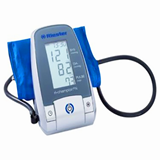


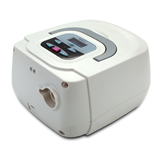

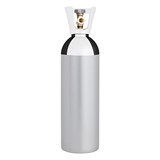




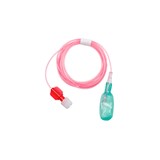
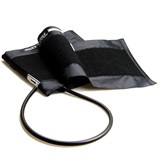
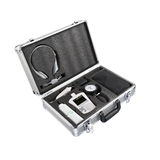


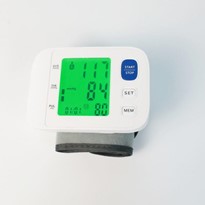

-205x205.jpg)
